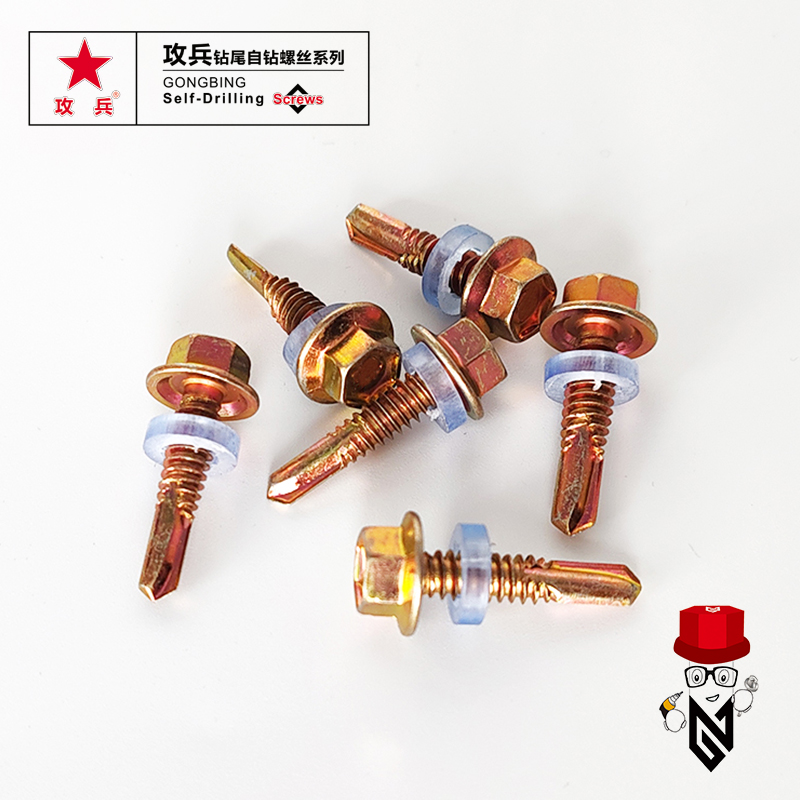steel post bracing
Understanding Steel Post Bracing An Essential Component in Structural Stability
In the world of construction and structural engineering, ensuring the stability and durability of a building is paramount. Among various methods employed to achieve this stability, one significant technique is steel post bracing. This article delves into the concept of steel post bracing, its benefits, applications, and considerations in construction projects.
What is Steel Post Bracing?
Steel post bracing refers to the installation of diagonal supports — typically made of steel — that are connected between vertical posts or columns in a structure. These braces help distribute loads and enhance the overall rigidity of the framework. The primary purpose of steel bracing is to counteract the lateral forces that structures experience due to various environmental factors such as wind, seismic activity, and uneven loads.
Importance of Steel Post Bracing
1. Enhancing Structural Stability The primary role of steel post bracing is to resist lateral forces that can cause a structure to sway or collapse. By providing additional support, bracing increases the overall stability of the framework, leading to safer buildings.
2. Load Distribution Braces help redistribute loads more evenly across a structure. This equitability reduces the risk of failure in particular areas, thus prolonging the lifespan of a building.
3. Cost-Effectiveness Incorporating steel bracing into a design may initially seem like an added expense. However, the long-term benefits, including reduced risk of damage during adverse weather conditions and seismic events, can ultimately save money on repairs and insurance.
4. Flexibility in Design Steel bracing systems are versatile and can be adapted to various architectural styles and requirements. Their ability to add strength without significantly altering a building’s aesthetics is a major advantage for architects and builders.
Types of Steel Post Bracing
There are several types of steel post bracing systems that can be utilized, depending on the specific needs of a project
1. X-Bracing One of the most common forms, X-bracing consists of two diagonal members crossing each other to form an X shape. This design efficiently resists compressive and tensile forces.
2. K-Bracing In K-bracing, two diagonal members extend from a central vertical post to the base of adjacent posts, resembling the letter K. This configuration allows for improved performance under both vertical and lateral loads.
3. V-Bracing This type features members forming a V shape. V-bracing is particularly useful in structures that require openness, as it tends to take up less space than X-bracing.
steel post bracing

Applications of Steel Post Bracing
Steel post bracing is widely used in various construction projects, including
- Tall Buildings High-rise structures often face significant lateral forces. Steel bracing systems provide the necessary stabilization for these types of buildings.
- Industrial Facilities Factories and warehouses, which typically involve large open spaces, benefit from the structural integrity that bracing offers.
- Bridges Many bridge designs incorporate steel bracing to handle both dynamic loads from traffic and static loads from their own weight.
- Residential Homes Although less common than in commercial buildings, some residential designs incorporate bracing to enhance seismic resistance, especially in earthquake-prone areas.
Considerations and Challenges
While steel post bracing is an effective solution for structural stability, several factors must be considered during the design and installation phases
- Material Selection The type of steel used is crucial. Factors such as corrosion resistance, tensile strength, and weight should all be taken into account.
- Installation Proper installation is essential. Misalignment or improper attachment can lead to structural weaknesses that negate the benefits of bracing.
- Building Codes Compliance with local building codes and regulations is a must. These codes often dictate specific requirements for bracing systems in different types of construction.
- Aesthetic Concerns In certain designs, the presence of braces can detract from the visual appeal. Integrating bracing into the overall design without compromising aesthetics is a challenge architects often face.
Conclusion
Steel post bracing is a vital component in contemporary construction, offering numerous benefits related to stability, load distribution, and cost-effectiveness. With its various configurations, this technique can be tailored to suit the unique demands of any structure. As our understanding of engineering principles evolves, the integration of steel post bracing will continue to play a critical role in enhancing the safety and longevity of buildings across the globe.
-
Wedge Anchor Bolts: Secure Fastening SolutionsNEWSAug.05,2025
-
Insulation Fixings: Secure and Durable SolutionsNEWSAug.05,2025
-
Full Threaded Studs: Versatile Fastening SolutionsNEWSAug.05,2025
-
Expanding Fasteners: Secure and Reliable SolutionsNEWSAug.05,2025
-
Butterfly Toggle Anchors: Secure and Easy to UseNEWSAug.05,2025
-
Bracing Solutions for Steel StructuresNEWSAug.05,2025
